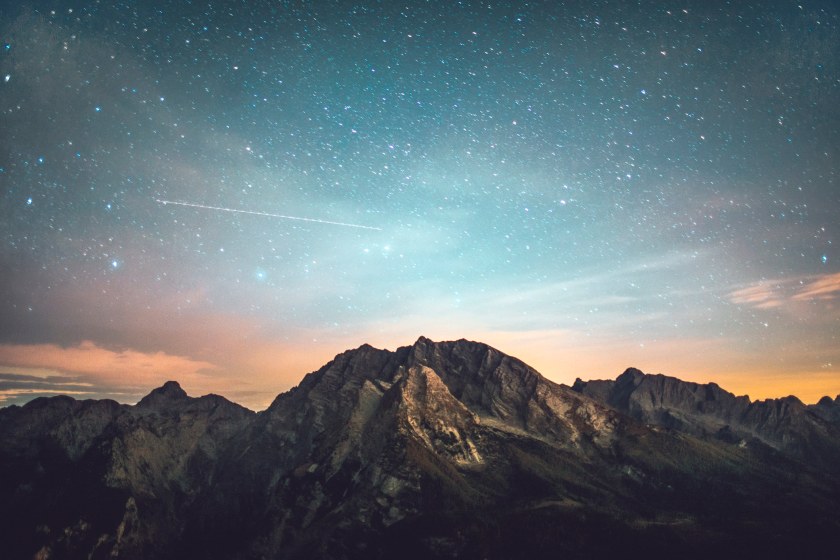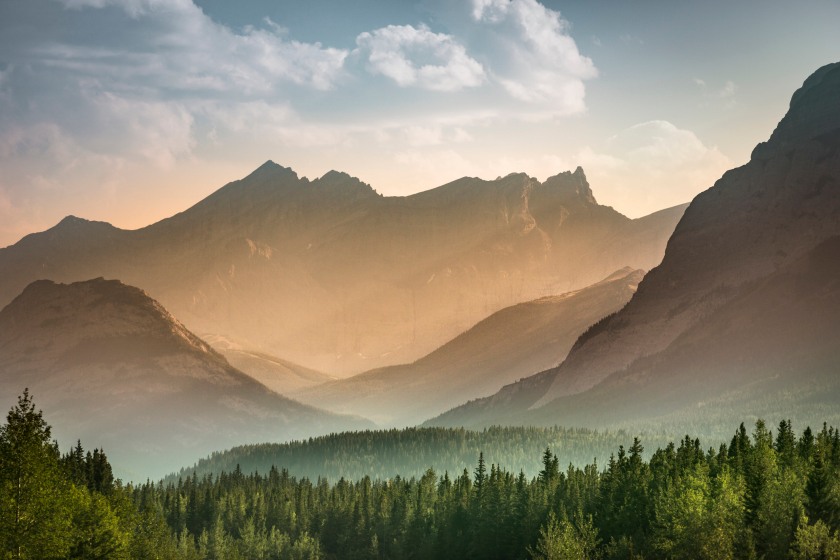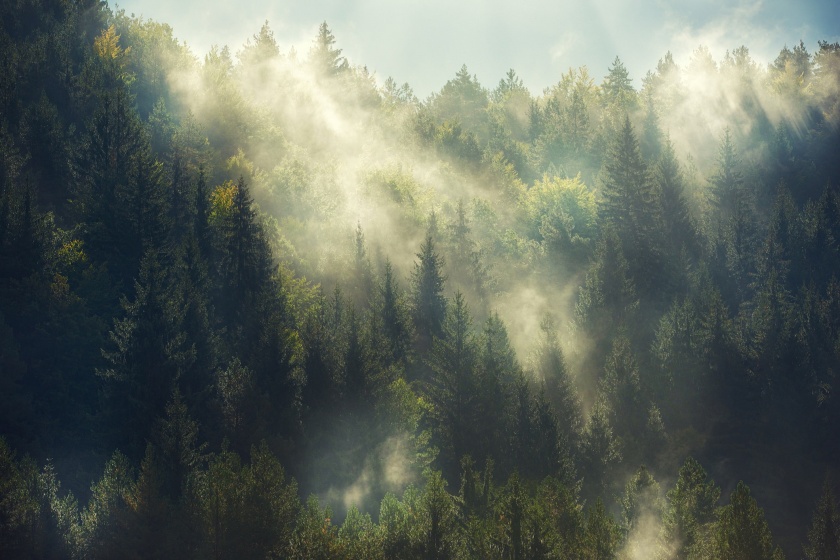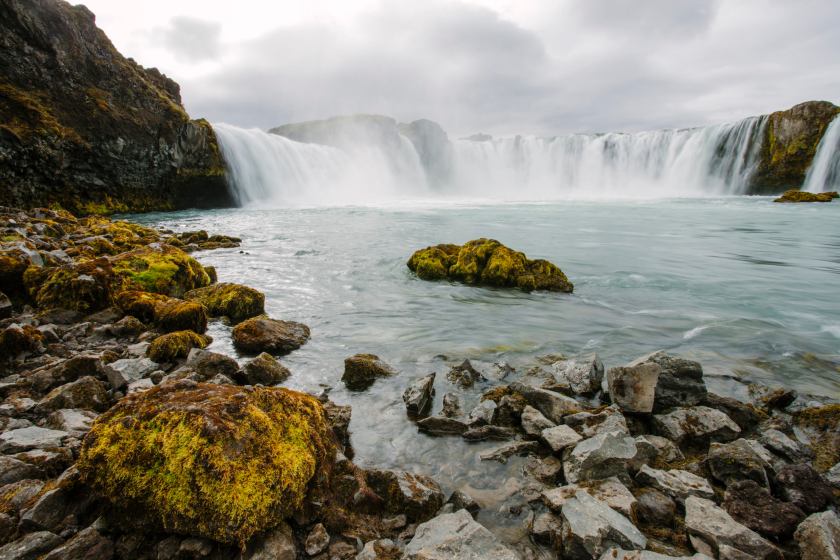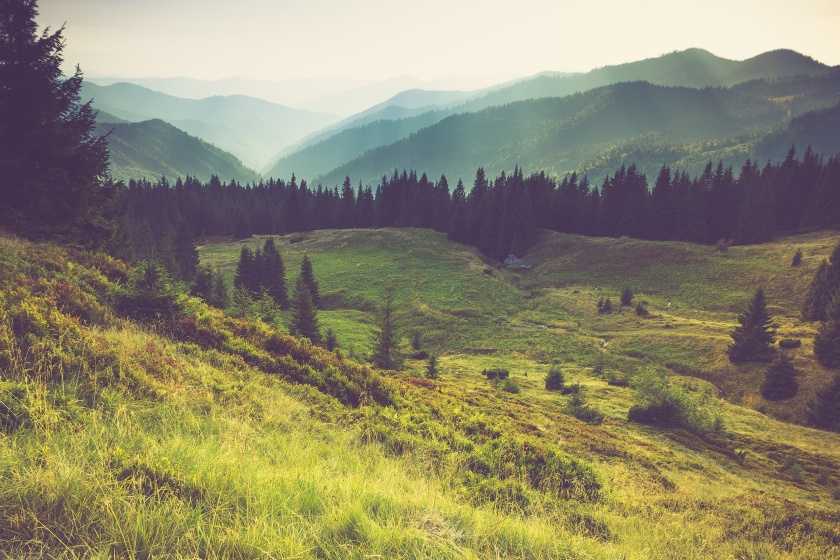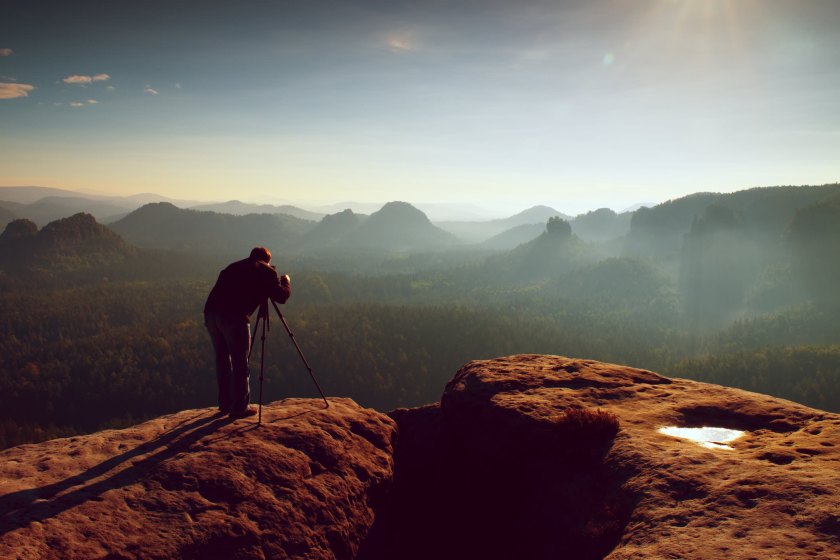6 Landscape Photography Tips to Instantly Improve Your PhotosPosted by Photography Talk on April 2nd, 2017 Whether you’re an amateur photographer wanting to up their travel photo skills or an aspiring landscape photographer, for everyone wishing to take their landscape photos to the next level: these tips are for you.
The right conditions to make a perfect environment for a great shot don’t occur all the time. Make sure you plan the time you go out, preferably sticking to early morning and late afternoon, to catch the sun at the best places and see your landscapes bathed in that golden light. Avoid the middle of the day, as the sun will be high in the sky giving your landscapes a harsh, flat look. However, on rainy or cloudy days you’re in luck: you can now stay out shooting the entire day, as the sun is not there to make any changes in your light! So arm yourself with a good jacket and umbrella, and look for those weather conditions that seem far from ideal at first sight but are actually perfect for landscape photography.
This goes a bit further than being in the right place at the right time. If you’re there in the early hours of the morning, your tripod all set up ready to start shooting away as soon as the sun rises, chances are you’ll run out of storage space and/or battery before the sun is even fully on the horizon. Don’t just klick away blindly as soon as the sun makes the mountains look nice. Instead, find more interesting ways to show that beautiful morning sunlight hitting your landscape. Wait for a single ray of sun to hit one particular mountain through a hole in the clouds, or capture the contrast between the dark night sky and subtle colors starting to occur on the horizon. Be creative, find the light, and work with it.
Assuming we´ve all moved past the automated landscape setting that is available on some cameras, let´s have a look at the ideal settings for landscape photography. First and foremost, do not put your ISO up. Since you´ll be using a tripod 99% of the time you´re shooting landscape, you can easily use a longer exposure time in low-light conditions to correctly expose your image. Using higher ISO’s will cost you in dynamic range, meaning you’ll lose the details in your shadows and highlights, and make your image noisier and less suitable for large prints. Another reason landscape photographers use long exposures, is to get that silky water and stretched clouds effect. Since a longer exposure will mean your camera’s shutter curtains will be open for a longer period of time, the camera will capture the cloud in the first position, then a little bit to the right, then a little bit more, etc. This gives your image that dreamy, fairy tale-like effect and really transport anyone looking at the picture to the feeling you had when standing out there in the real thing.
When you go out to shoot, make sure you take your time. Not only to enjoy being out in nature doing what you love, but also to learn. You can learn an awful lot just by sticking around and seeing how the light changes, for example. Even if you’ve already managed to get the shot you wanted, see what happens when you take the shot an hour later under different conditions. Or change your angle a few times to see what that does to your composition, maybe walk to a different vantage point to see the place from a new perspective. There’s an infinite amount of photo’s out there, try to find as many as possible.
Before gluing your eye to the viewfinder, look around at what’s in front of (and behind) you. Pay attention to little details, like a reflection in the water or an oddly shaped tree, or take a step further back than you normally would and soak up the whole scene. Train you eye to see the picture, then get behind the camera and shoot it. This will be a lot more helpful to improving your skill than just blindly clicking away, and it will save you a lot of time sorting to the hundreds of pictures later…
People don’t expect to learn how to play a violin within a week, yet people are frustrated when their pictures aren’t amazing after the first week of shooting…
Take your time to learn this new skill, and then when you think you know everything, learn some more. Keep looking around at other landscape photographers, stay open to feedback, and above all: keep practicing. After a while you’ll get some good shots in there, and after years of practice you’ll be able to shoot consistently great landscape images. Be patient, all your efforts will pay off in the end!
Follow us for the next article! Thanks….
Like it? Share it!More by this author |


